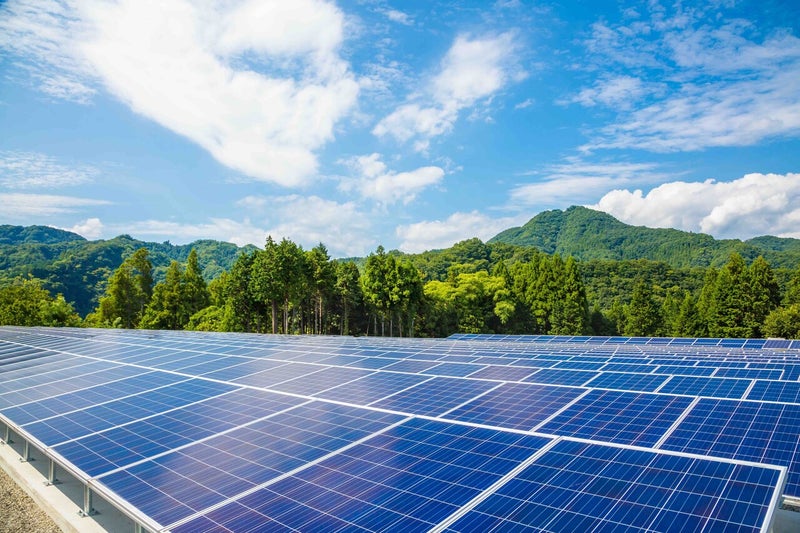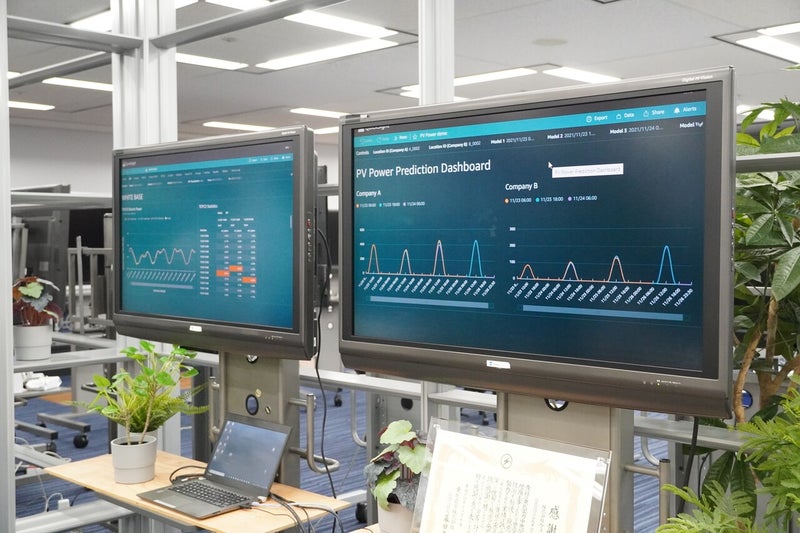Sustainability
Related News
Weather Forecasting Technology to Assist CO₂ Emissions Reduction in the Energy Industry
Reducing reserve power with weather probability forecasting
Aug 22, 2022

Expanding the use of renewable energy is key for CO₂ reduction in the electric power industry. However, securing a stable supply is difficult since the amount of electricity that can be generated is affected by weather conditions.
In general power generation, the power supply is adjusted according to the demand forecast in order to maintain stability and minimize surplus power. Weather conditions are key for this forecast, as the demand of electricity for heating and cooling is affected by atmospheric temperatures. However, in the case of renewable energy, the supply is also affected by weather. For solar power generation, even if the forecast calls for sunny weather, the required supply cannot be provided if the actual amount of solar radiation is insufficient. To prevent this, thermal power reserves called "reserve power" are secured.

Power companies generate an extra 8-10% of thermal power generation in addition to the forecasted demand in case the supply-demand forecast is not accurate or other issues arise. If the supply-demand forecast is accurate, the reserve power could be reduced to 5%. And if this reserve power can be minimized, it will lead to CO₂ reduction.
To reduce CO₂ by reducing reserve power, we offer a “probability forecast” in addition to our existing direct forecast.While the direct forecast provides only the information that "the maximum temperature will be 25 degrees Celsius," the probability forecast provides information such as an 85% probability that the maximum temperature will be 25 degrees Celsius.This forecast can help power companies understand the probability of weather conditions, enabling them to plan power generation with higher accuracy and reduce the amount of reserve power.

With the development of ICT technology, society has recently become more accessible to the use of weather data in various fields. As issues are being discussed to achieve the global goal of carbon neutrality, new businesses are emerging from the perspective of how to solve those challenges. We will continue to create new value in the provision of weather forecasts while keeping pace with changes in society and work to create a framework that enables companies to both increase profit and reduce environmental impact.

▼Related Sites
GRID's official NOTE: "Weathernews' Challenge for a Decarbonized Future - Energy"
▼Related Theme
Theme01/Climate Change Mitigation